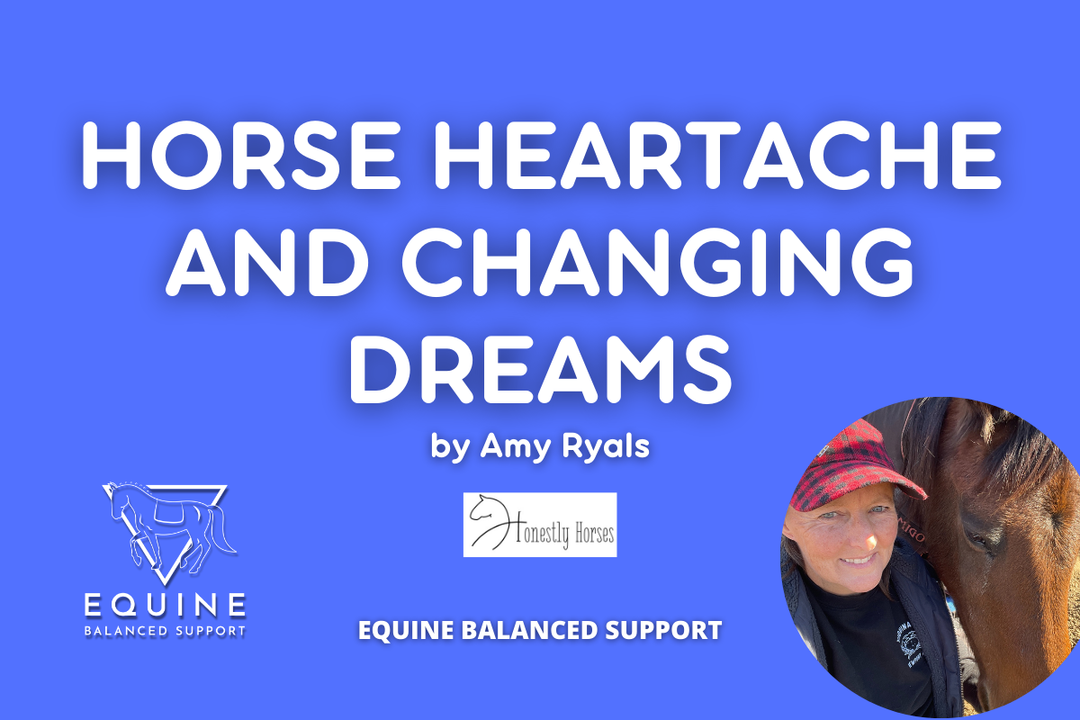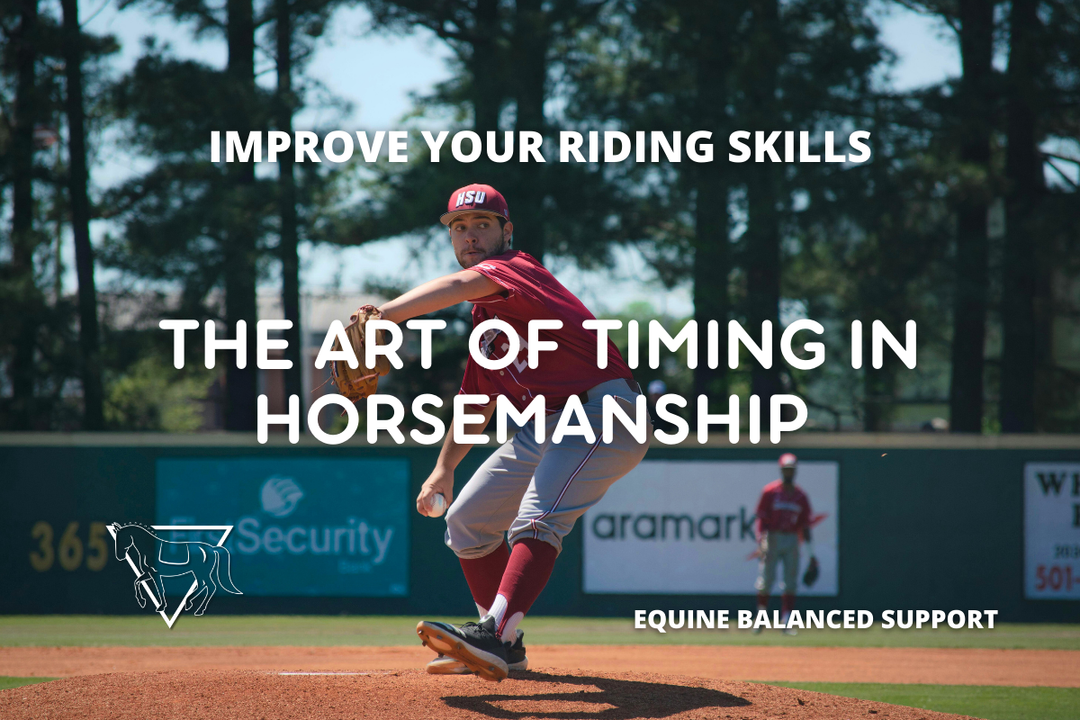How to Train Your Farrier (And a Hundred Horses)

How to Train Your Farrier (And a Hundred Horses)
Finding a Way Forward
As a positive reinforcement trainer, I often find myself bridging the gap between traditional horse care practices and science-based training methods. Nowhere was this more evident than when I started working at a large horse rescue where I had to collaborate with a farrier who was skeptical of my approach. With hundreds of horses needing trims, I had to find a way to make hoof care safer, smoother, and more positive for both the horses and the humans involved.
We eyed each other suspiciously. I was the new trainer. She was the regular farrier. She rolled her eyes at my treat pouch. I gritted my teeth at her comments about horse behavior.
She didn’t want distracted horses; I didn’t want them dreading trims. And with so many horses, individual training sessions weren’t realistic.
So I made a plan:
- Safe Workspaces - Gate panel pens prevented bickering during trims.
- Herd Proximity - Horses stayed near friends for emotional support.
- Positive Reinforcement - Steady handfuls of feed to make hoof handling a pleasant experience and reinforce desired behavior.
I also asked the farrier to refrain from punishment and let go if a horse needed to put a foot down. She agreed grudgingly. And it worked! It wasn’t perfect, but it was effective. By the second trim, the horses in my program were more relaxed and cooperative.
A few weeks later, the farrier told the rescue director she wanted me to hold all the horses or train staff to do it. She felt safer working with my approach.
A Growing Challenge
With only a few staff members on board, we worked through the pastures, starting with senior horses accustomed to handling. By the time we reached the back pasture, a 100-acre home to 130 horses, we had found a rhythm.
The horses fell into three categories:
- Semi-feral - Never handled or previously abused.
- Friendly - Liked people but weren’t handled often.
- The Jaded Majority - Horses with past handling who now preferred to be left alone.
We set up a round pen in the pasture, and on trimming days, the farrier picked up my two assistants and me, along with halters, lead ropes, and hay pellets.
A Shift in Mindset
At first, we trimmed the friendly ones. Then, as The Jaded Majority watched their more social herd mates enjoy the trimming game, horses who once avoided people started coming forward and allowing us to trim their hooves.
With this approach, I discovered:
- Adjusting feeding position helped horses balance and lift the desired hoof.
- Horses got a head start on food manners and tactile cues.
- Making trimming an enjoyable experience laid a foundation for further training.
- What started as simply a less stressful way to “get the job done,” turned into valuable skill building for me as well as the horses.
Before long, we were turning horses away because they had just been trimmed! Horses once indifferent or avoidant were seeking out interaction with humans and had a foundation that stayed with them for future training.
The Farrier’s Transformation
I never debated with the farrier. I just made her job safer and easier. Over time:
- She could trim more horses at the rescue than ever before.
- Her patience with the horses improved.
- Her attitude shifted from judgmental to compassionate.
- And she always made sure I had my treat pouch!
About the Author
Meg Eades is an equine positive reinforcement trainer and coach. She has over thirty years of experience as an equine professional, rider, caretaker, and trainer. She specializes in training trainers (and riders who train their own horses) to incorporate positive reinforcement into their practice.
Her work is science-based, trauma-informed, intuitive, and creative. She has also studied equine massage and functional anatomy and movement. She offers in-person and virtual coaching. You can access her website and introductory online course here. Meg is based in Athens, Georgia, USA.
Disclaimer:






Leave a comment